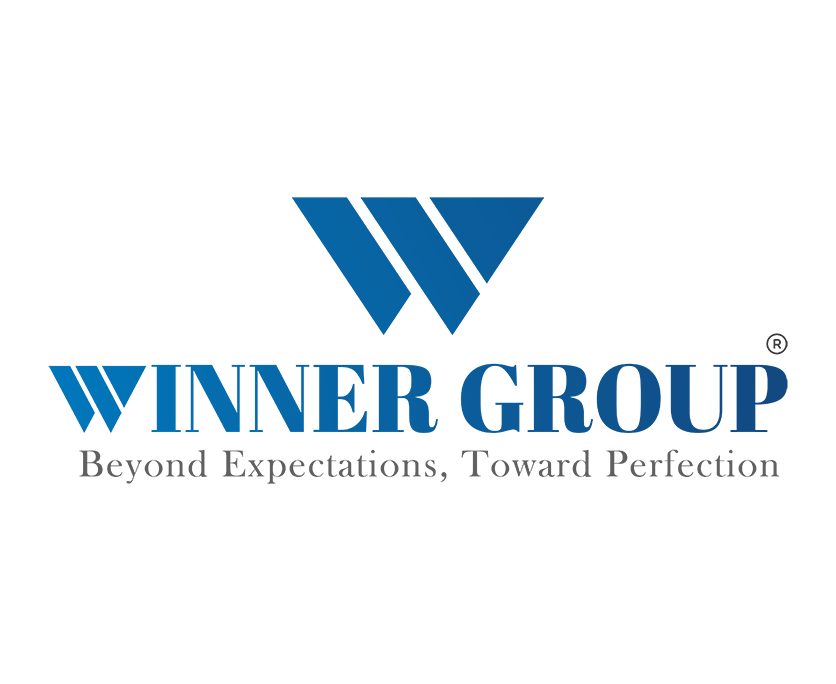Building a Winning Website: Essential Strategies
Key Components of a Winning Website
Crafting a winning website necessitates meticulous attention to various critical elements that harmonize to create an impactful digital presence. A paramount factor is user-friendly design, which encompasses intuitive navigation and an aesthetically pleasing layout. Successful websites are structured to facilitate a seamless user journey; visitors should effortlessly locate information, thanks to clear, organized menus and navigational tools. Moreover, mobile responsiveness is imperative. With a substantial portion of users accessing websites via mobile devices, ensuring your site adapts smoothly to different screen sizes is essential for maintaining engagement and usability.
High-quality content and SEO optimization are pivotal in drawing and retaining visitors. Content must be relevant, informative, and engaging, tailored to meet the needs and interests of your target audience. Complementing valuable content with effective SEO strategies enhances visibility in search engine results, amplifying your reach. This involves utilizing appropriate keywords, meta descriptions, and alt text to drive organic traffic.
Another critical aspect is the website’s load time. Fast loading times are essential; they not only improve user experience but also positively impact search engine rankings. Implementing strategies to optimize and compress images, leveraging browser caching, and using a Content Delivery Network (CDN) can significantly boost a site’s performance.
Equally important is the integration of robust security features. SSL certificates are fundamental in establishing a secure connection, protecting sensitive data, and building user trust. Additionally, a transparent privacy policy is vital; it assures visitors that their personal information is handled responsibly, fostering a sense of security and confidence in your website.
The synthesis of these key components – user-friendly design, high-quality content, swift load times, and stringent security measures – is fundamental in developing a website that not only attracts visitors but also sustains their engagement, ultimately paving the way for a successful online presence.
Best Practices for Continual Improvement and Maintenance
Maintaining and improving a website is a continuous process that ensures long-term success and relevance. Fundamental to this process are regular content updates, which keep the site engaging and reflective of current trends and information. Fresh content not only attracts repeat visitors but also boosts search engine rankings, leading to better visibility.
Monitoring website performance, a critical aspect of continual improvement, can be achieved through comprehensive analytics and user feedback. Analytical tools such as Google Analytics provide valuable data on user behavior, traffic sources, and pattern trends. By interpreting these metrics, you can identify and enhance areas that need attention, such as landing pages with high bounce rates or poorly performing content. Additionally, actively soliciting user feedback through surveys, comment sections, and usability testing can highlight specific user experience challenges.
Keeping abreast of the latest web technologies and trends is essential for staying competitive. As the digital landscape evolves, adopting new tools and platforms can enhance website functionalities, improve security, and optimize load times. For instance, integrating progressive web applications (PWAs) can significantly enhance mobile user experience, while employing the latest SEO practices can maintain or elevate search engine rankings.
Continuous testing and iteration are indispensable practices when refining user experience and technical health. Regularly conducting A/B testing enables you to compare different versions of a webpage to see which one performs better, providing data-driven insights for optimization. Furthermore, routine technical audits help detect and resolve issues such as broken links, slow loading times, and security vulnerabilities before they escalate into significant problems.
Ultimately, a robust strategy for continual improvement and maintenance is vital for the success of any website. By dedicating resources to regular content updates, performance monitoring, adopting new technologies, and thorough testing, you ensure that your website not only meets current user expectations but also adapts effectively to future developments, remaining a valuable asset to your business.

